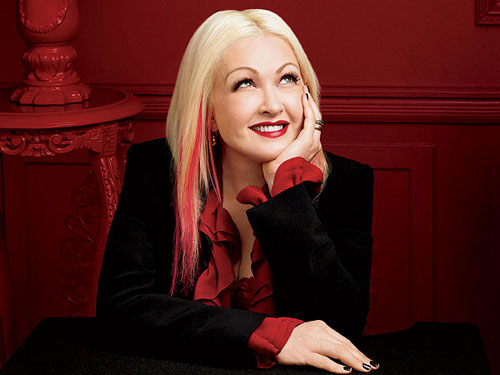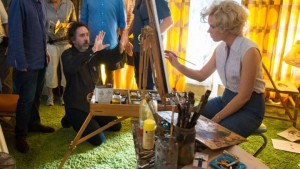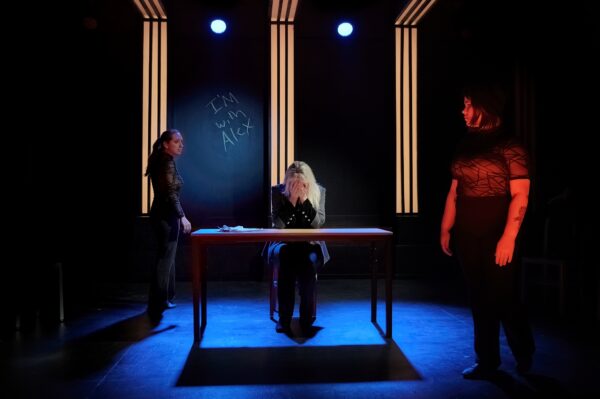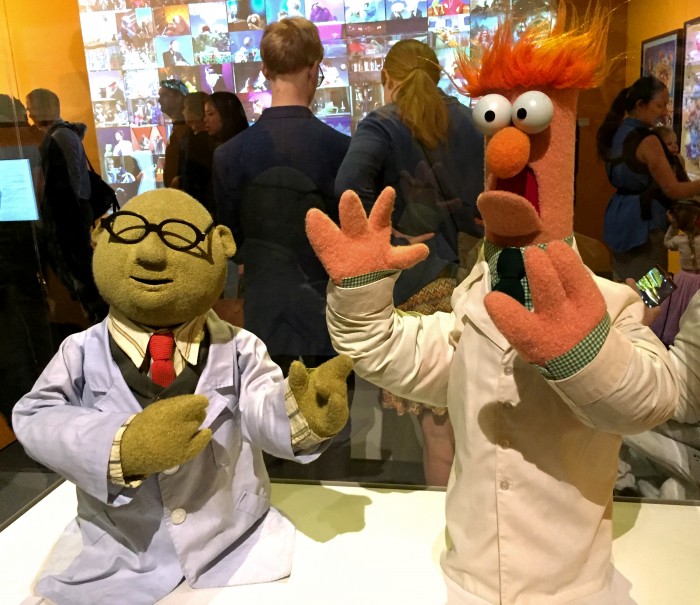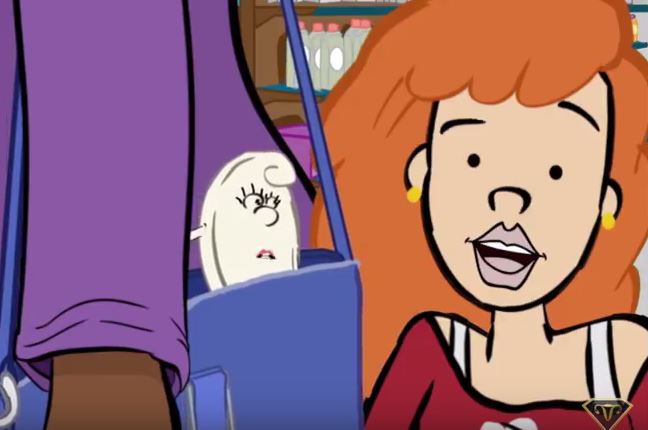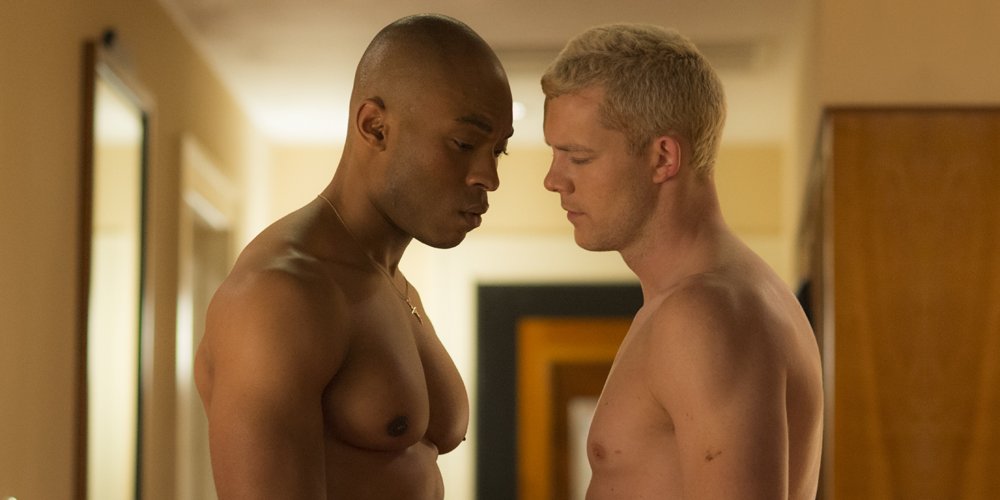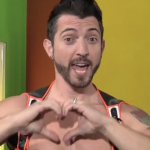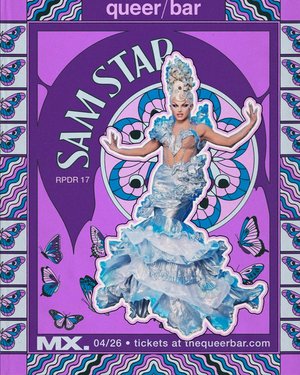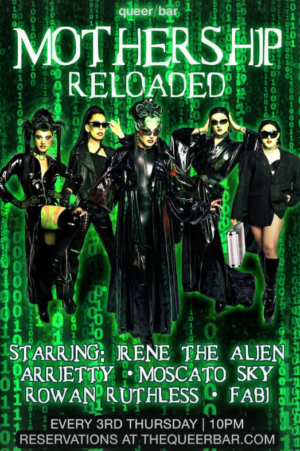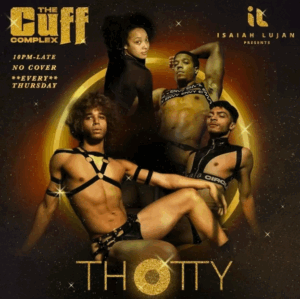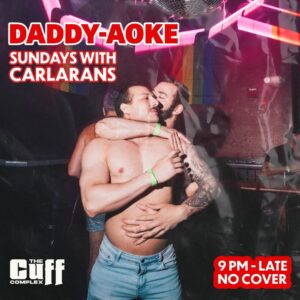Let’s talk about Tim Burton’s newest piece: Big Eyes.
From The Mary Sue’s constant awareness and publication of nerd media’s feminist winners and losers, to Emma Watson’s impassioned #HeForShe campaign, to Malala Yousafzai, to rape culture finally getting some conversation, to The Legend of Korra, to Time Magazine‘s “feminism” as the Worst Word debacle, 2014 has had some tumultuous waters to navigate for women the world over. That’s why we can be thankful for Burton having had womens’ backs, just about always.
It’s hard not to love a Tim Burton film. With his filmography, it was almost no surprise that this one featured a woman struggling in a man’s world. Yes, it may seem trope or cliche to say. But look at his history: Lydia Deetz (Beetlejuice), Peg (Edward Scissorhands), Catwoman (Batman Returns), Alice (Alice in Wonderland), Sally (The Nightmare Before Christmas), Mrs. Lovett (Sweeney Todd), and the Corpse Bride. He almost never does what every other director does by putting female characters in a film just as devices for the men, unless the film is based in literature. From him we just about never get the ubiquitous “guy gets the girl at the end.” Now we finally get a film with his timeless aesthetic featuring a real woman at the forefront. Goth Burton will always be there, and he will always seem to have a love affair with ’50s paradoxical behavior and ideology. Considering the type of art depicted in the film, one can see how it has influenced his own art.
We see a hearkening to Edward Scissorhands in the beginning establishing shot of California in the late 1950s: suburbia at its finest, with cookie cutter houses in bright (yet subdued) hues lining clean asphalt streets. A narrator presents Margaret and her journey, true to Charlie and the Chocolate Factory form. In the wistfully harsh technicolor of the day, we follow a snapshot of Margaret Keane’s leaving her first husband to how she fell for a smooth-talking con man in the hopes of being able to take care of her daughter, Jane. As the narrator points out, women didn’t “just leave their husbands” in the ’50s. Mad Men will make you remember that divorce was simply taboo at the time.
Throughout, we see Margaret’s rise as an artist, but only with Walter Keane’s snake-in-the-grass techniques. Burton’s sympathy for the woman is evident in his classic creepy style—flashes of how Margaret perceives the eyes she paints speckle one of her most fervent work periods. She even tries to sell her art as best as a shy woman on her own can in order to support herself and daughter. As the film progresses, we feel more sympathy for Jane, being locked out of her mother’s artistic life (literally) while constantly being lied to by both Margaret and stepdad Keane. It doesn’t help that she goes through a tropical, rich adolescence and has to come to terms at a young age that her mother is a flawed person. As a result of the constant charade, Margaret pushes away her only friend to speak of, DeeAnn. Glamorous yet not your typical movie sex-symbol female, she clearly cares for Margaret and attempts to save her from herself on numerous occasions.
In the end, it is up to Margaret to defend her art and her self-hood. She could have simply walked away from all of it, and let the man win in a man’s world. Perhaps it was the newly budding women’s lib in the early ’60s, or perhaps she was sick of Jane viewing her as less than a capable person. Whatever the reason, Margaret had to do something to save the only piece of herself she loved besides her offspring: sue Walter Keane for the rights to her art. Yes, the trial seemed like typical California Crazy. But in her case, it was absolutely necessary. Apparently the only way to beat Walter’s bitter insanity was to have a day in court like a theater production.
As for the crew, Burton couldn’t have asked for a cleaner-cut film than this. Everything came off simple, not overstated, yet explicitly with his stamp (especially if you’ve seen most of his previous films). Even though writers Scott Alexander and Larry Karaszewski wrote this piece quite well, Burton made sure that the actors portrayed every inflection and tone to the best of their abilities and as realistically as possible. Amy Adams was superb as Margaret; there are not too many actresses out there right now who can pull off a character as demure, timid, and hopeful as this important artist. Christoph Waltz was splendid as Walter Keane, and it is pondered how much he might have hated aspects of his portrayal. Walter almost seems one-dimensional, but then we get his backstory and faults through Margaret’s Big Reveal. Jane was present, but Madeleine Arthur made sure that her character was not understated or overshadowed. And DeeAnn? Perfectly performed by Krysten Ritter. Burton made sure we saw her strength as well; it takes much patience to be the best friend of someone whose life is never happy.
Colleen Atwood and Danny Elfman were no surprise in the credits either. Atwood did the costume design for Edward Scissorhands (as well as a laundry list of other films), and Elfman, well…he’s done everything ever. Though the music for this particular feature seemed a bit of a departure for him; while some of his stylings were familiar, it was a far cry from his usual bombastically haunting sounds. And this film didn’t require it.
All in all, Big Eyes is an important end to 2014’s *Almost* Year of the Woman. No tropes, no tokens, and certainly no male sympathies. No power statements, advice, nor battle of the sexes. Not even a hero’s quest. Just a simple look at a woman not stereotypically strong, and what she did to save her self-worth. Take from it what you will, but there is no denying that Burton has done something wonderful, yet again, with all his art and—dare we say—feminist sensibilities.
Korra Q is a Seattle-based nerd who plays fetch with her cat. She’s into sci-fi, un-sparkly vampires, and fictional chicks who kick ass. To support her habits, she’s the sassiest server you’ll ever order from.
Random musings: @Kittyslap27 on Twitter.


